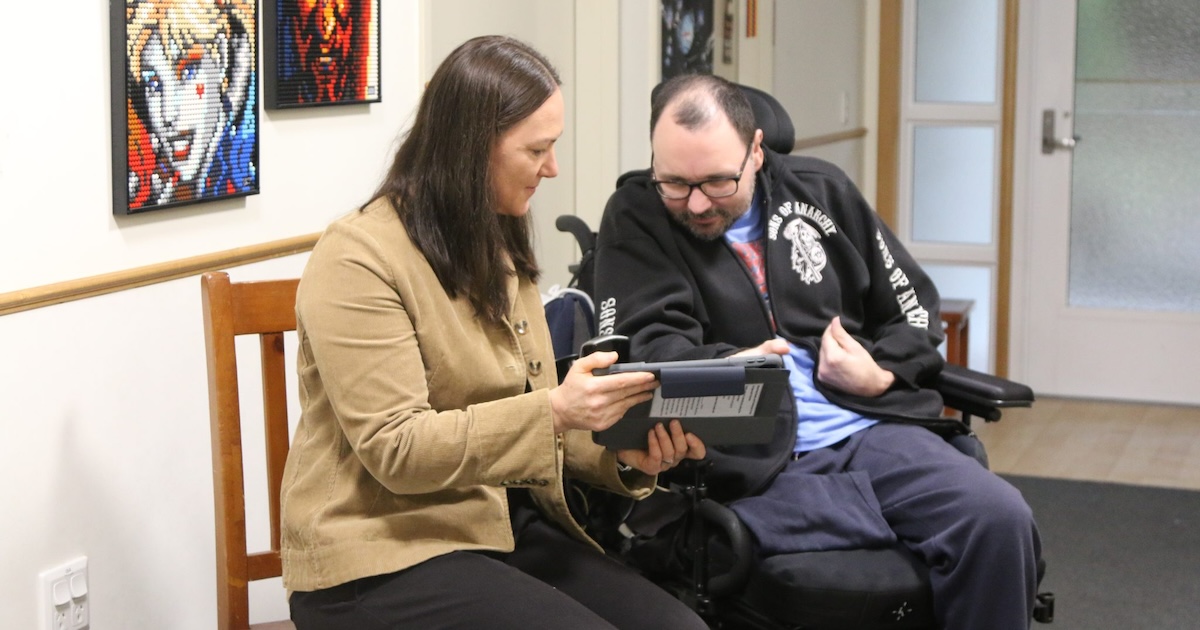The market size of blockchain technology in healthcare is set to grow from US$6.9 million in 2018 to US$1.6 billion by 2025, supported by advancements in digitised healthcare systems and an increasing risk of counterfeit drugs, according to new research.
Australia has been one of the countries to lead the way in the use of the technology as the International Organisation for Standardisation (ISO) approved the Australian blockchain standards development proposal submitted by Standards Australia in 2016.
This led to a boom in consumer-focused blockchain projects soon after.
In the lead up to 2025 the report, by market research and strategy consulting firm Global Market Insights, expects the use of blockchain to grow by 65.6 per cent globally.
With the increasing number of healthcare organisations adopting Electronic Health Records (EHRs), leading to advancements in digitising healthcare systems, the report said there is a demand for blockchain to safeguard data.
In addition, as healthcare data breaches costs around US$380 per patient record, the use of blockchain is also expected to help healthcare organisations save these costs in the event of a breach.
“Around 40 per cent of healthcare data records consist of several misleading information and errors. Many of the healthcare facilities are still dependent on old and outdated systems for keeping patient records,” the report identified.
“The growing digitisation in healthcare systems has also resulted in high demand for interoperability. The application of blockchain such as eliminating fraud, reducing delays from paperwork, improving inventory management, minimising courier costs, increasing consumer and partner trust and identifying issues more rapidly will help boost industry growth in future.”
SOLVING OTHER PROBLEMS
The increasing risk of counterfeit drugs is expected to spur the growth of blockchain technology in healthcare. In the last few years, there has been a rise in the number of counterfeit drugs globally, killing an estimated one million people, according to the report.
“According to the World Health Organization (WHO), around 10 per cent of the medicines across the globe are counterfeit. Also, as per the Organization for Economic Co-operation and Development (OECD), the counterfeit pharmaceutical industry amounts up to US$200 billion,” the report addressed.
Blockchain is expected to solve this challenge as it has several application in securing vast data, decentralisation, immutable record-keeping and by tracking drug movements.
The report said blockchain will turn the “high annual losses” from counterfeit drugs on their heads, helping healthcare save “billions of dollars” and drive business growth in the forthcoming years.
[Read more: Is blockchain feasible for the healthcare sector? | Artificial intelligence and blockchain: an easy pill to swallow]
The amount of risk involved and unpredictability of clinical trials is another driver for implementing blockchain in healthcare, according to the report.
“Blockchain in clinical trials use distributed computer network platform that helps databases to be secure and safe from infringements and hackers. The safe and secure platform of blockchain will help store and process valuable information of clinical trials resulting in smooth workflow thereby, influencing the market growth positively,” it indicated.
In addition, the report found that the growing application of the Internet of Things (IoT) in healthcare will result in huge demand and adoption rate of blockchain technology.
“Most of the leading players are using blockchain and IoT to improve patient results and optimise internal operations. Several benefits such as real-time information and location of digital X-ray equipment in healthcare facilities will augment the blockchain demand across the globe,” the report stated.
“Increase in use of IoT for clinical services and clinical settings will boost the business growth in the forthcoming years.”
However, the lack of skilled workforce will be one the major factors responsible for impeding the growth of blockchain technology in healthcare market in the near future.
“Limited number of people with blockchain technology knowledge and lack of blockchain training, programs and courses will result in sluggish business growth,” it reported.
A Deloitte survey of Australia’s regulators, incumbents, government, and technology community found that 90 per cent of people still don’t understand how use cases around blockchain will work.
TIBCO Global CTO Nelson Petracek recently told HITNA that Australia still has a long way to go to realise its full potential.
“Countries like Estonia are setting the bar with an increasing number of national services opting to use blockchain to carry out transactions. However, the technology remains in comparative infancy in Australia,” he said previously.
“The relatively slow uptake of the technology is further fueled by the recent declaration from the Australian Government’s Digital Transformation Agency (DTA) that, while the technology has potential, it still requires compelling evidence that blockchain can deliver better value for government services.
“In addition to concerns about the security of digital records, many Australians are also frustrated by the cost of private healthcare, the time it takes to process claims, and the changeability of their insurance cover,” he added.
Tiani GmbH Italy IT Security Architect Dr Massimilliano Masi also spoke about how blockchain is not fit for purpose for healthcare IT.
He said blockchain could be good in facilitating monetisation and payments, but it has not reached the maturity levels to tackle interoperability within the healthcare sector.
“Interoperability is key in establishing sustainable health IT services and is not achieved by only using standards. But many blockchain projects do not tackle interoperability, enabling vendor lock-in. The cryptography of blockchain remains tamperproof, leaving IT security still vulnerable,” he said previously.
“The problem with vendor lock-in is that when a customer is dependent on a vendor for products, it is unable to use another vendor without substantial switching costs and risks, resulting in no component continuum.”
